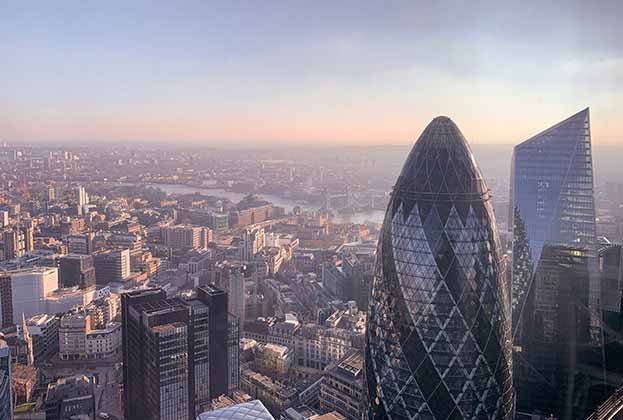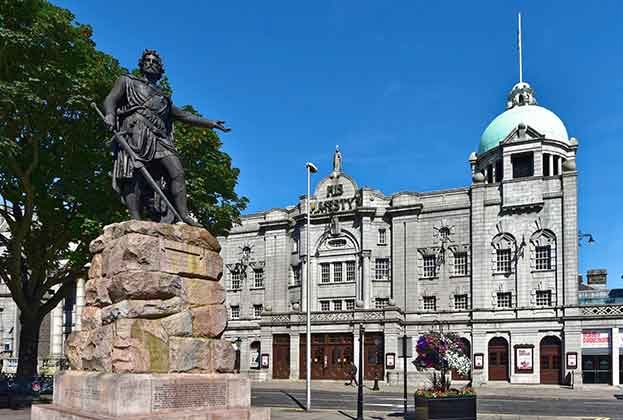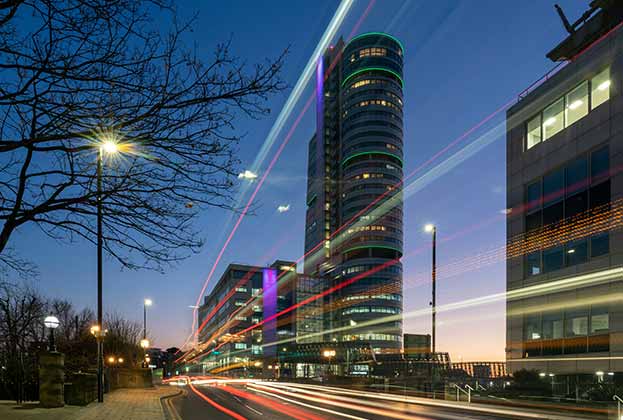Savills What Workers Want (WWW) survey uncovered that the importance of access to green space is rising in importance for office workers throughout the UK, most notably in the Thames Valley where 70 per cent of respondents considered this factor of high importance.
At a time when occupiers are actively seeking to improve the productivity of their staff by improving the fit out of their offices, increasing the provision of green space in an office building may help raise productivity levels. Psychologists’ studies have argued that human interaction with nature increases the attention span of workers and reduces stress levels.
There are several techniques which landlords and occupiers can use to enhance the sense of nature within a building. One of these is to adopt and encourage a biophilic design. Biophilia was a term developed by American biologist Edward Wilson and which he defined as 'the urge to affiliate with other forms of life'. Philias are the opposite to phobias and are attractions and positive feelings that people have towards their natural surroundings.
Biophilic design in office buildings is not solely increasing the provision of plants: it also includes improving the quality of access to natural light and the air quality. There are subtle changes that can be made inside the building which can replicate the natural environment such as interior lighting changes and adopting smart technologies that can modify air ventilation as well as natural finishes such as wood.
Roof terraces have been used as a method of improving the access to green space in urban centres and provide a different area for office workers to work within the building, which is also a factor in improving employee wellbeing. Only 9 per cent of survey respondents were satisfied with the provision of roof terraces in their office building, which highlights the opportunity for developers.Terraces can be used as communal spaces in a multi-let building and can encourage collaboration between different tenants and enhance the community feel of a building.
Such spaces are becoming more common in new developments and have proved attractive to occupiers. The White Building, Reading, for example, has a 3,147 sq ft communal terrace which can be used to host informal meetings and provide event space for tenants.
Landlords can also benefit by focusing on ‘greening’ their spaces, as good practices of biophilic design are being rewarded by industry certifications. The WELL Building Standard and Fitwel are two examples of such certifications which recognise biophilic design and are becoming more prominent in the UK and can act as an attractor for occupiers.
Further information
Read more: Spotlight: The Rise in Demand for Green Space
.jpg)
-impact-the-office-sector(1).jpg)

.jpg)






